How welcoming is Switzerland for refugees?
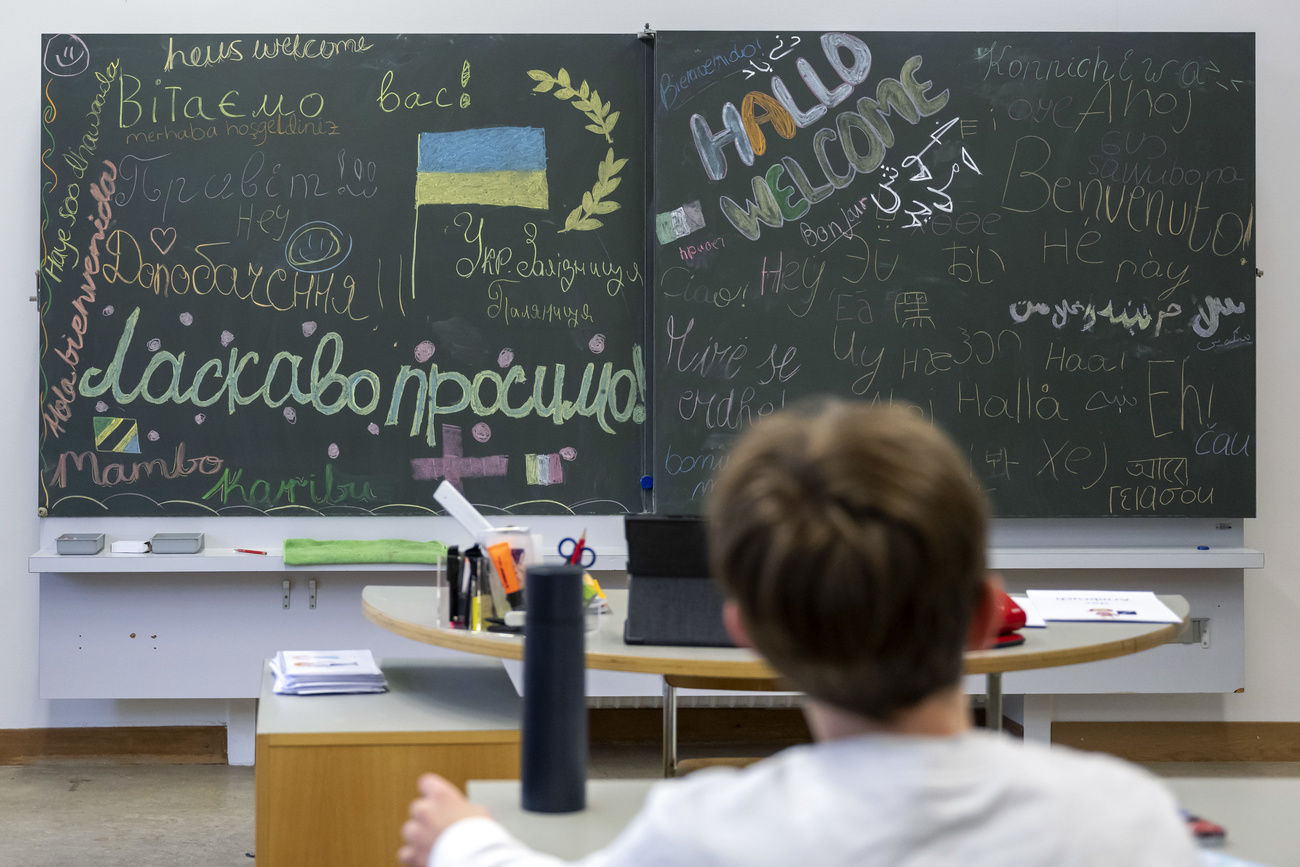
More than six million people have fled Ukraine since the Russian invasion. A comparison with the previous influx of refugees in 2015 shows that - in addition to geography - politics and the solidarity of the population play a decisive role in determining which countries people flee to.
“We can do this!” Angela Merkel, the German chancellor said in 2015. She was referring to the spiralling numbers of refugees coming to Europe in the wake of the civil war in Syria. German optimism quickly disappeared as images of overcrowded train stations dominated the headlines. Right-wing populist parties, stirring hostility towards asylum-seekers, celebrated one election victory after another. And EU member states fought over who should take in how many refugees. But what do the figures tell us? Which countries were affected to what extent? One way of assessing this is to calculate the number of refugees a country took in relation to its population size.
In 2015, a particularly large proportion of refugees ended up in Hungary and Austria. This can be explained by the frequently used “Balkan route” by refugees from Syria, Iraq or Afghanistan who wanted to get to central Europe via northern Macedonia and Serbia. Almost all EU member states, including Hungary – as well as Iceland, Liechtenstein, Norway and Switzerland – belong to the Schengen Area, where border controls have basically been eliminatedExternal link. Mainly only the external borders are patrolled, one of those lies between Hungary and Serbia.
Asylum applications should only be submitted within the Schengen Area. Responsibility for processing them lies with the Schengen country in which the asylum-seeker first arrives. In 2015, Hungary had a lot to manage a lot of those as the country was the point of entry for many refugees.
While they were far from the flight routes, Scandinavian countries, especially Sweden, were often selected as end-destinations. A higher-than-average number of refugees also headed for Germany and in absolute numbers, Switzerland’s big northern neighbour received the highest number of asylum applications in Europe in 2015. In comparison with other countries, the asylum figures in Switzerland remained low. In many states the proportion of asylum-seekers to population was considerably lower, including Switzerland’s neighbours, France and Italy.
The upheaval in Afghanistan had little impact on central and western Europe
After the peak of 2015, the number of asylum-seekers in most European countries quickly retracted. Switzerland was no exception. The decrease in Hungary and Sweden, where a particularly high number of asylum applications were submitted in 2015, was even more dramatic. Both countries tightened their asylum policy in response. Under President Viktor Orbán, Hungary took drastic measures: a fence was erected to stop refugees from crossing the Serbian-Hungarian border. As the following years showed, Hungary successfully kept asylum seekers at bay.
In 2020 the coronavirus pandemic prompted migratory movement to fall to record lows worldwide. To prevent the virus from spreading, borders were more closely monitored, planes were grounded, while ships remained docked. That made fleeing more difficult. Even after the 2021 Taliban coup in Afghanistan, there was no escalation in the number of refugees to Europe.
That was before the war in Ukraine. Millions of people are now fleeing the country after the Russian invasion.
Europe is now encountering something that is often forgotten when discussing refugees: Most do not go far but end up in countries neighbouring the crisis region. These countries are now in Europe.
In comparison with Ukraine’s neighbours, Switzerland is only slightly affected. The majority of Ukraine refugees are in neighbouring countries – Poland, Moldova and Hungary.
Nonetheless, since the middle of April about 40,000 Ukrainian refugees have been registered in Switzerland – the same as the total number of asylum-seekers in the whole of 2015.
2022: Widespread solidarity instead of defensiveness
Even though more refugees are coming than in 2015, the mood in Switzerland is palpably different: solidarity with those escaping the war is considerable and private individuals are hosting families in order to lessen the burden on asylum centres.
Refugees from Ukraine benefit from the “Protection Status S”. In place since 1998, the status has never been applied to refugees. It offers them a quick route to residency rights without having to go through the full asylum process. In addition, like those whose applications for asylum are provisionally accepted, they have the right to accommodation and medical care. The governing political parties gave majority approval to a quick and uncomplicated intake of Ukrainian refugees.
In 2015, the reception was not as warm. A glance at the press releases issued at the time by the big Swiss political parties shows a distrust towards those applying for asylum. The right-wing People’s Party warned in a press release that the new arrivals could give rise to ghettoization, crime and social tension. The Radical Liberal Party insisted that refugees from Syria should only be accepted temporarily and should return home as soon as the war ended – and, like the centrist CVP party (today known as “the Centre”), it warned against extremists.
“The groups which came were different,” says Francesca Falk, a historian and expert in migration history at Bern University. “The migrants from Syria were perceived as male and refugees from civil war, even if children and women fled too.”
According to the State Secretariat for Migration, between 60% and 70% of the migrants from Ukraine are women and children. In 2015, around 70% of the initial applications for asylum were submitted by men. The fact that some groups appear more welcome in Switzerland than others is illustrated by a People’s Party press release on the current refugee situation. It demands that Ukrainian families should “not be mixing with male, primarily Muslim asylum migrants.”
Politicians have a big influence on how refugee groups are perceived, Falk says. “In contrast with Switzerland, there was a great deal of willingness to help in Germany in 2015,” she says. “Merkel’s ‘We can do this!’ lent support from politicians. In Switzerland, there was nothing of this kind.”
The cause of flight plays a certain role, but “the way the groups are perceived is decisive in how they are treated. Not the reason for flight itself,” Falk says.
Will the current widespread solidarity endure, or will it soon turn into frustration? Falk sees two scenarios. In the first, support wanes. There are initial indications of this already as some privileges for the refugees have been eliminated. “Under recently introduced rules, immigrants from Ukraine can no longer choose freely where in Switzerland they want to stay,” she says.
In what Falk sees as the more optimistic scenario, the current influx of refugees could raise issues that have not previously been discussed, such as the living conditions of refugees. If “Protection Status S” works well, then that could lead to a long-term general improvement in living conditions for asylum-seekers in Switzerland, she says.
Translated from German by Catherine Hickley

In compliance with the JTI standards
More: SWI swissinfo.ch certified by the Journalism Trust Initiative
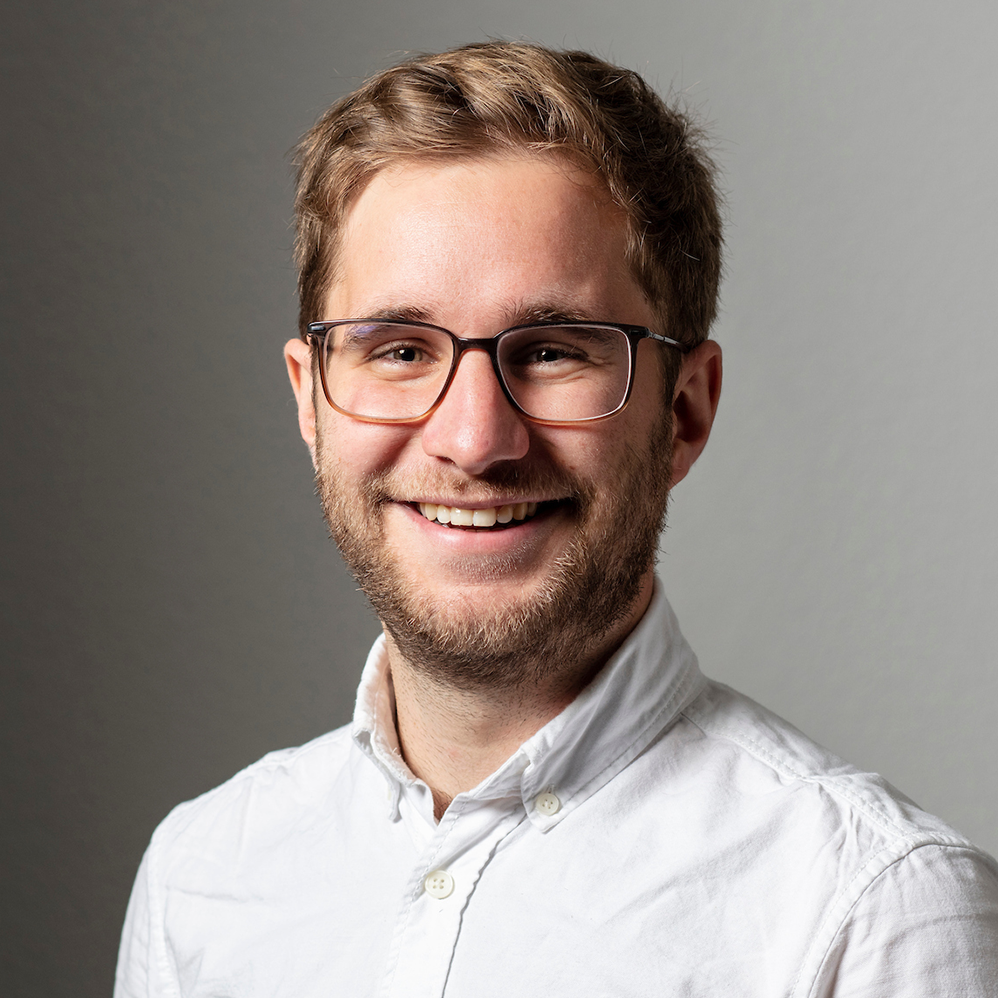
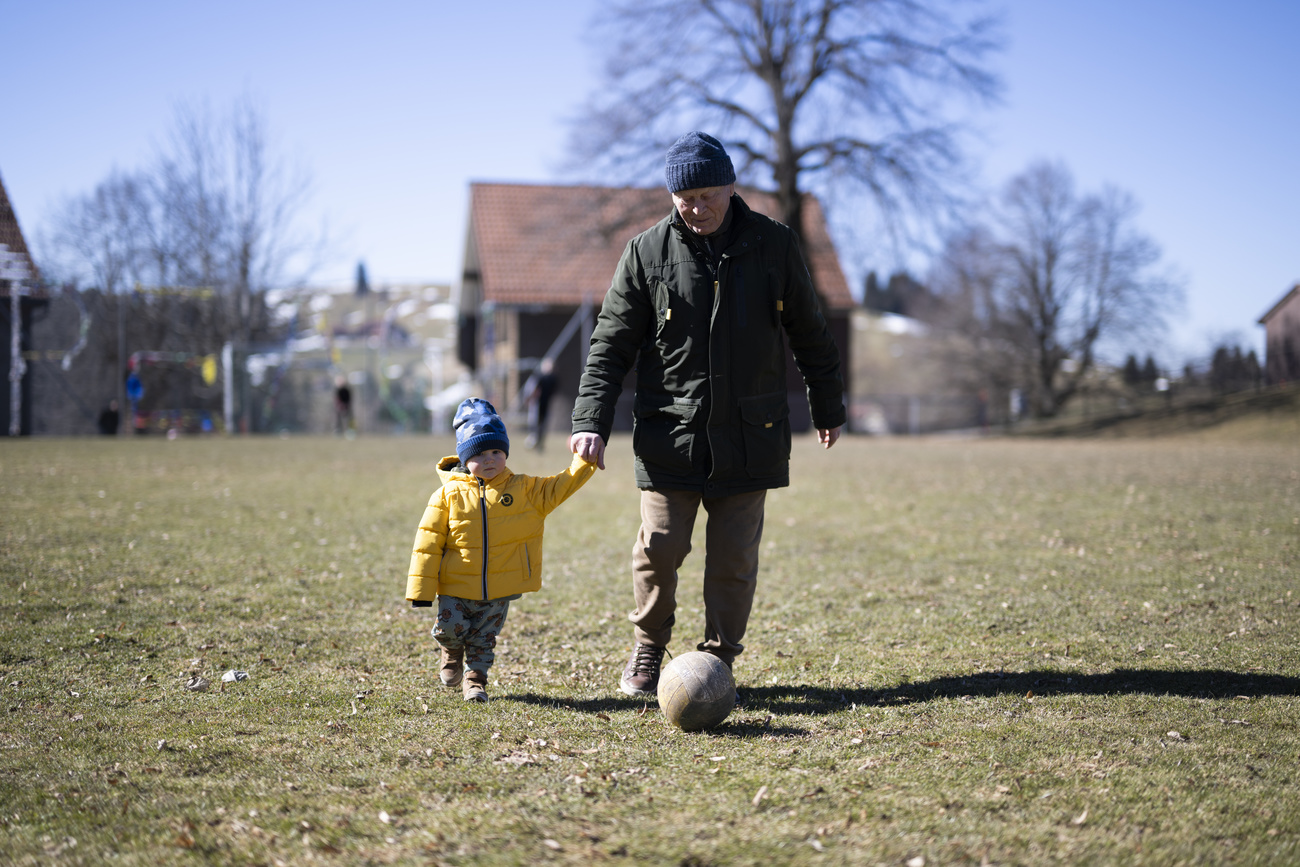

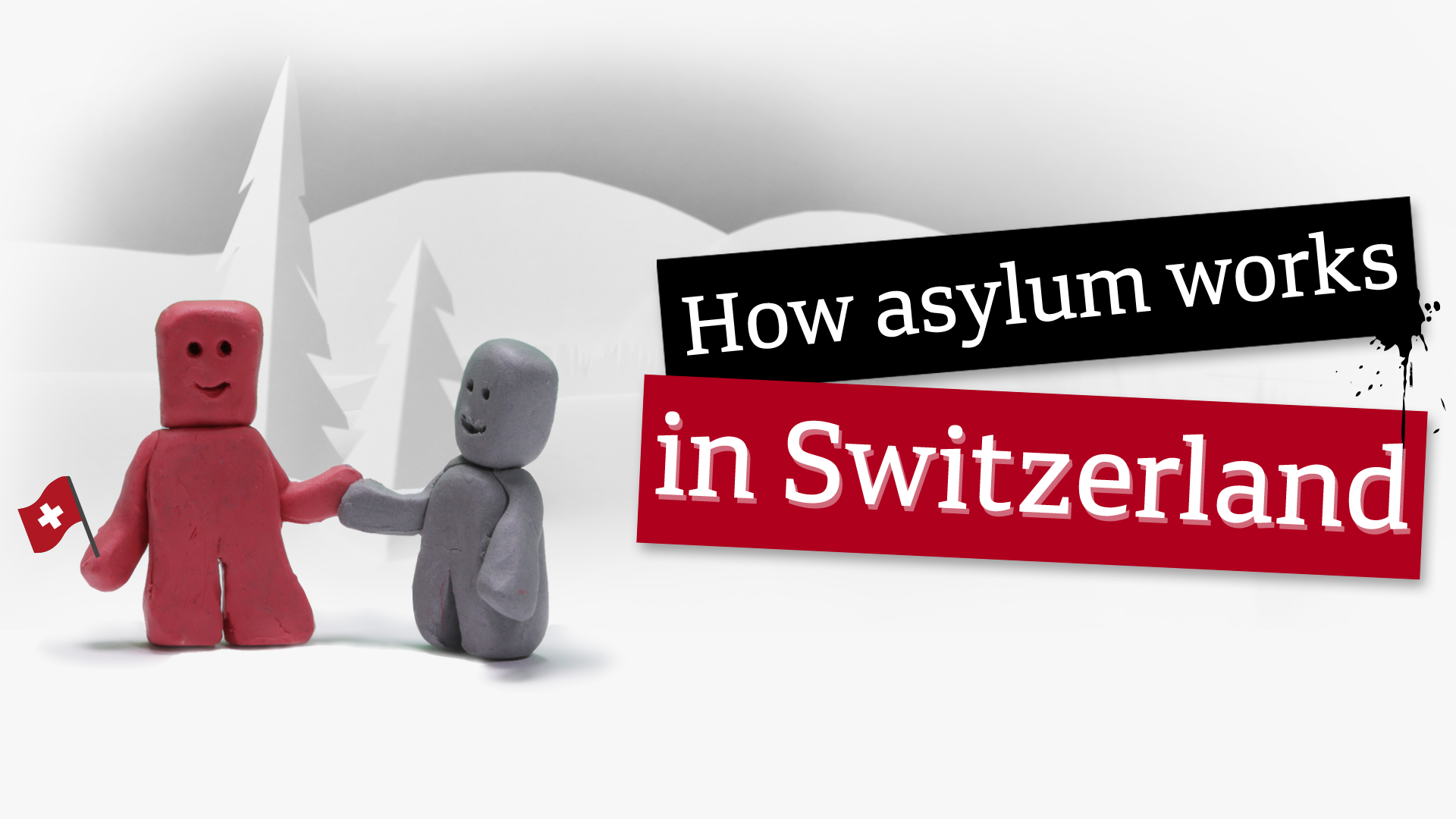
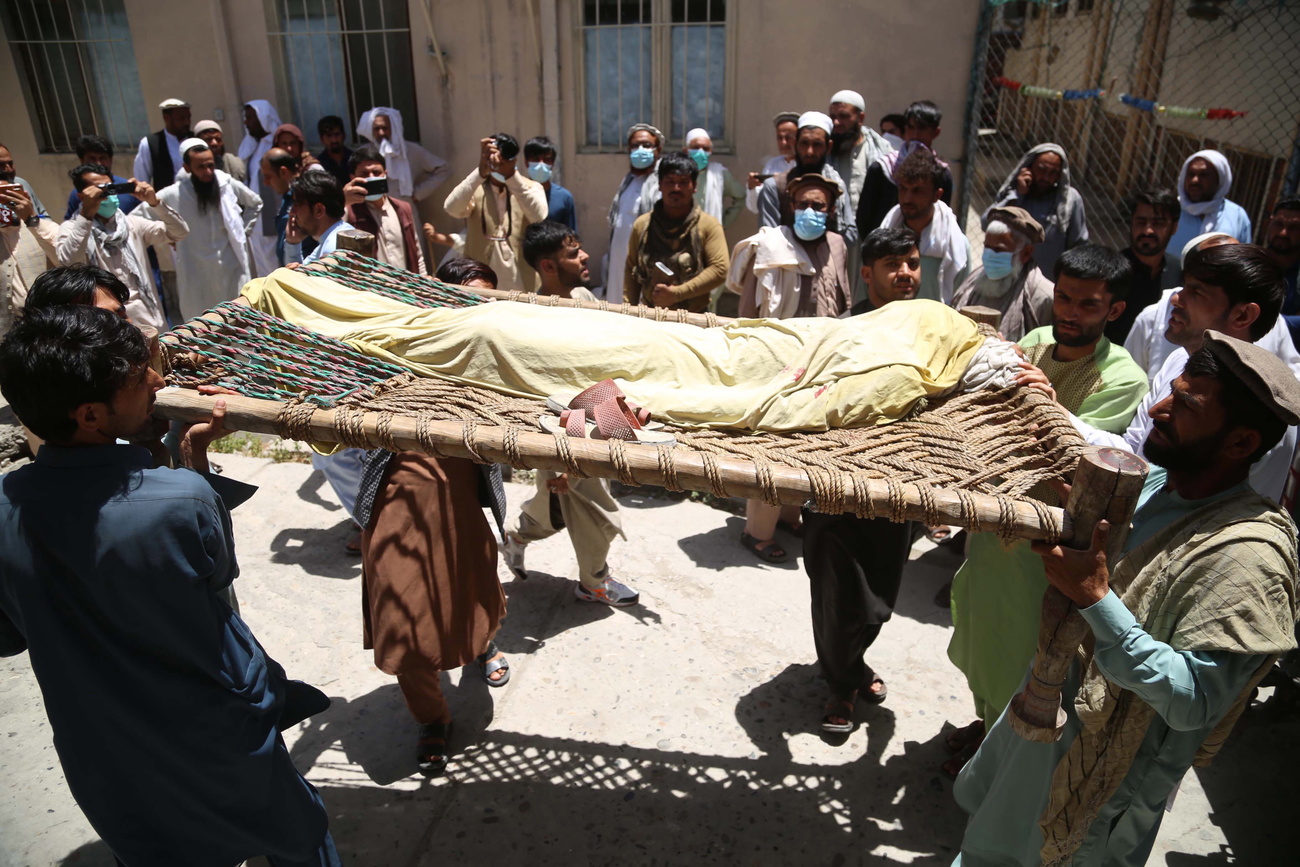
You can find an overview of ongoing debates with our journalists here. Please join us!
If you want to start a conversation about a topic raised in this article or want to report factual errors, email us at english@swissinfo.ch.